Abnormalities of the palate
Teeth abnormalities
Behaviour issues with or without bone or brain anomalies
Onset before age 2
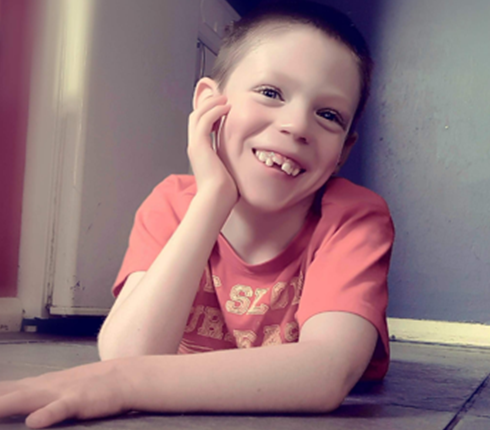
Individuals with SATB2-associated syndrome (2q33.1) are generally incredibly happy, with the most beautiful smiles. They have a kind and overfriendly personality which is often referred to as a happy disposition, this is a common trait among individuals with SATB2-associated syndrome.
Characteristics of SATB2-associated syndrome
SATB2-associated syndrome is a condition that affects several body systems. It is characterized by intellectual disability, severe speech problems, dental abnormalities, other abnormalities of the head and face (craniofacial anomalies), and behavioural problems. Some of the common features can be described using the acronym SATB2 (which is the name of the gene involved in the condition): severe speech anomalies, abnormalities of the palate, teeth anomalies, behaviour issues, with or without bone or brain anomalies, and onset before age 2.
Individuals with SATB2-associated syndrome typically have mild to severe intellectual disability, and their ability to speak is delayed or absent. Development of fine motor skills and gross motor skills, such as rolling over, sitting, and walking, can also be delayed. Many affected individuals have behavioural problems, including hyperactivity and aggression. Some exhibit autistic traits, such as repetitive movements. Sensory Processing Disorder and Dyspraxia can also be described. A happy or overfriendly personality is also common among individuals with SATB2-associated syndrome. Less common neurological problems include feeding difficulties and weak muscle tone (hypotonia) in infancy. About half of affected individuals have abnormalities in the structure of the brain. As children get older, bone related issues such as osteoporosis or scoliosis can be discovered.
About
The SATB2 Gene Trust UK was established to enhance the lives of those affected by SATB2-associated syndrome by providing emotional and educational support, and by raising awareness and supporting research.
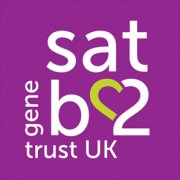
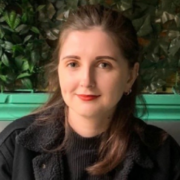
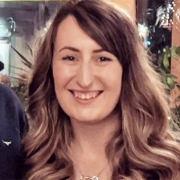

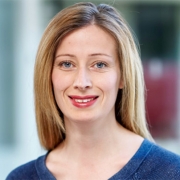
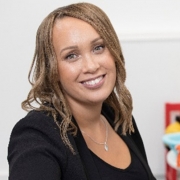
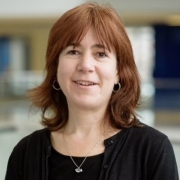 Dr. Jennifer Fish is an Assistant Professor at the University of Massachusetts Lowell (UML), where she teaches Developmental Biology and Comparative Vertebrate Embryology. Prior to arriving at UML, she trained at King’s College London and the University of California San Francisco. Dr. Fish has been researching the roles of SATB2 in development since 2008 using animal models of disease.
Dr. Jennifer Fish is an Assistant Professor at the University of Massachusetts Lowell (UML), where she teaches Developmental Biology and Comparative Vertebrate Embryology. Prior to arriving at UML, she trained at King’s College London and the University of California San Francisco. Dr. Fish has been researching the roles of SATB2 in development since 2008 using animal models of disease.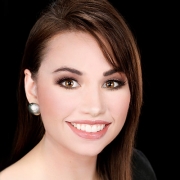 Ashlen Thomason, Ph.D., CCC-SLP, is a member of the outpatient speech pathology team at Arkansas Children’s Hospital. She is a graduate of the Arkansas Consortium for the Ph.D. in Communication Sciences and Disorders with a major research emphasis in stuttering and minor in cleft palate.
Ashlen Thomason, Ph.D., CCC-SLP, is a member of the outpatient speech pathology team at Arkansas Children’s Hospital. She is a graduate of the Arkansas Consortium for the Ph.D. in Communication Sciences and Disorders with a major research emphasis in stuttering and minor in cleft palate.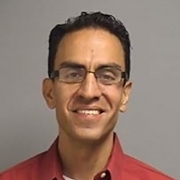 Dr Yuri Zarate is a Clinical Geneticist and an Associate Professor at the University of Arkansas for Medical Sciences and Arkansas Children’s Hospital. In 2014, Dr Zarate started a research project that led to a report with the first cohort of patients with SATB2-associated syndrome (SAS). From there, he established a strong-long lasting relationship with the support group for this rare condition, created the initial dedicated
Dr Yuri Zarate is a Clinical Geneticist and an Associate Professor at the University of Arkansas for Medical Sciences and Arkansas Children’s Hospital. In 2014, Dr Zarate started a research project that led to a report with the first cohort of patients with SATB2-associated syndrome (SAS). From there, he established a strong-long lasting relationship with the support group for this rare condition, created the initial dedicated 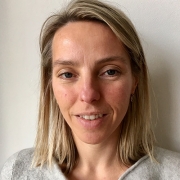 Drs. Barber Tinselboer is a physician for people with Intellectual Disabilities (ID). In the Netherlands, this is a medical specialty, created to provide better medical care to people with ID. Her work is comprised mostly of treating the comorbid conditions in people with ID like epilepsy, behavioural issues, psychiatric disorders and additional physical problems. She works at ‘s Heeren Loo in Apeldoorn, an organization that provides care, services and treatment for people with ID. She also has a son with SATB2-associated syndrome.
Drs. Barber Tinselboer is a physician for people with Intellectual Disabilities (ID). In the Netherlands, this is a medical specialty, created to provide better medical care to people with ID. Her work is comprised mostly of treating the comorbid conditions in people with ID like epilepsy, behavioural issues, psychiatric disorders and additional physical problems. She works at ‘s Heeren Loo in Apeldoorn, an organization that provides care, services and treatment for people with ID. She also has a son with SATB2-associated syndrome.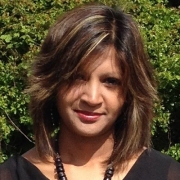 Dr Meena Balasubramanian completed her Paediatric training before undertaking specialist training in Clinical Genetics. Her MD is on atypical presentation of Osteogenesis Imperfecta (OI) obtained in 2012. She has been a Consultant in Clinical Genetics with a specialist bone genetics interest at Sheffield Children’s Hospital since 2012, and provides genetics input to the national OI service. She has led several projects focused on genetics of rare bone disorders and currently pursuing research projects focussed on identifying novel genomic approaches to rare bone disorders and exploring newer targets for therapy for these conditions.
Dr Meena Balasubramanian completed her Paediatric training before undertaking specialist training in Clinical Genetics. Her MD is on atypical presentation of Osteogenesis Imperfecta (OI) obtained in 2012. She has been a Consultant in Clinical Genetics with a specialist bone genetics interest at Sheffield Children’s Hospital since 2012, and provides genetics input to the national OI service. She has led several projects focused on genetics of rare bone disorders and currently pursuing research projects focussed on identifying novel genomic approaches to rare bone disorders and exploring newer targets for therapy for these conditions.